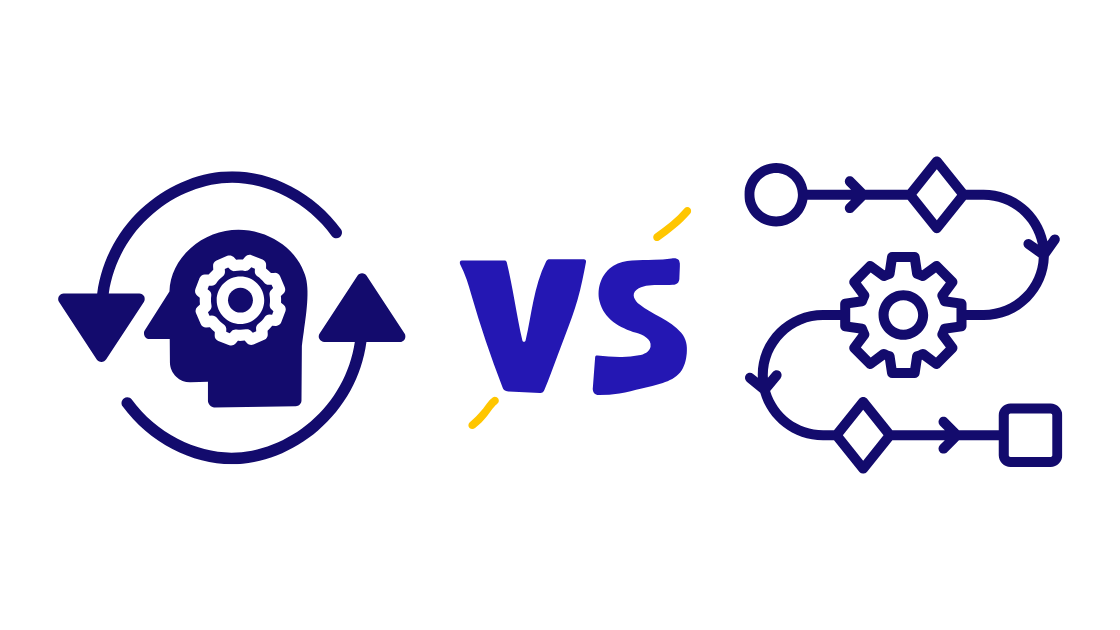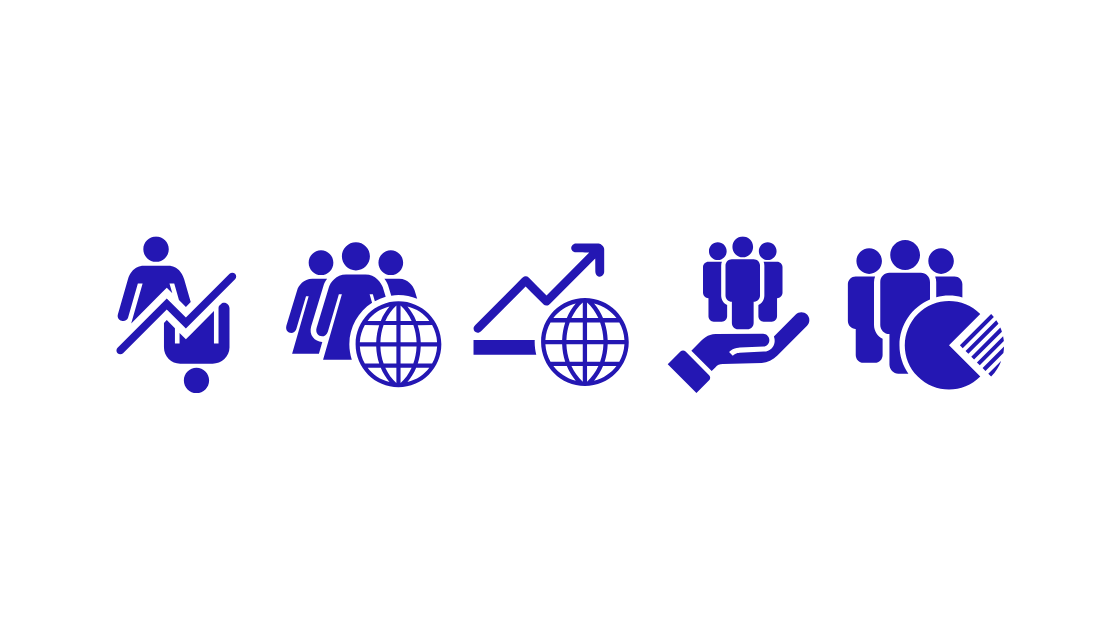
This post is a summary of the latest episode of The Talent Sync, a podcast hosted by Leah Daniels and Kevin Grossman.
Does AI In Recruiting Produce Viable Outcomes – Talent Sync Recap
In today’s dynamic recruiting landscape, leveraging AI isn’t just about efficiency—it’s about enhancing meaningful human connections while driving measurable outcomes. Leah Daniels and Kevin Grossman explore how AI is reshaping recruiting, emphasizing outcomes over vanity metrics. Their discussion looks at everything from AI-powered interview scheduling to candidate-chat interfaces—ultimately stressing that efficiency gains only matter if they translate into real business improvements.
TL;DR
- Identify the Outcome You’re Seeking:
Clarify your specific goals for AI or automation—whether it’s reducing time-to-hire, improving candidate quality, or diversifying talent pools. - Assess Automation vs. AI:
Distinguish between basic process automation and truly AI-driven decision-making. Both boost efficiency, but they deliver different types of value. - Prioritize Human Connection:
While AI can streamline tasks like scheduling and initial screening, final hiring decisions still rely on genuine human insight and interaction. - Prepare Your Teams:
As productivity increases, roles shift. Equip your hiring managers and recruiters with the training and context needed to make the most of new tools. - Stay Vigilant Against ‘Predatory’ Uses:
Scrutinize vendors to ensure they aren’t merely automating low-impact tasks or inflating applicant numbers without real value.
Diving Deeper
Defining AI vs. Automation
 Why it Matters:
Why it Matters:
Many systems labeled as “AI” are, in fact, sophisticated forms of automation. For example, automated interview scheduling can reduce time-to-hire and free up recruiters, but it doesn’t necessarily involve advanced machine learning.
What We Recommend:
Understanding whether a tool is applying true AI or merely executing rule-based workflows is crucial for smart resource allocation.
True Outcomes, Not Vanity Metrics
 Why it Matters:
Why it Matters:
It’s easy to get dazzled by metrics like increased applicant numbers or faster scheduling. However, Leah and Kevin highlight the importance of tracking tangible business impacts, such as improved day-one show rates and higher conversion rates to hires.
What We Recommend:
Sustainable workforce improvements aren’t about volume alone. Focus on metrics that drive revenue and operational efficiency, such as:
- Time-to-fill: Reducing open role durations minimizes lost productivity.
- Quality of hire: Use performance and retention data to gauge success.
- Diversity & inclusion: Measure not only the diversity of applicants but also the conversion rates through each hiring stage.
The Human Element
 Why it Matters:
Why it Matters:
AI tools can manage many tasks efficiently, yet they cannot replicate the relationship-building that is essential to the candidate experience.
What We Recommend:
A candidate’s journey must include authentic touchpoints. When these interactions are sidelined, the risk of ghosting and turnover increases. Balancing automation with genuine human contact is key.
The Reality Check: The Business’s Need for Readiness
 Why it Matters:
Why it Matters:
Organizations must prepare their teams for new workflows. If hiring managers aren’t ready for an influx of automated processes or candidate queries, the value of your AI investment can quickly diminish.
What We Recommend:
- Stakeholder Training:
Provide comprehensive onboarding for hiring managers to effectively manage new processes. - Change Management:
Emphasize that AI and automation are meant to free up time for more strategic, engaging activities rather than just boosting raw productivity.
Vetting Your Technology Vendors
 Why it Matters:
Why it Matters:
The rush to adopt AI can sometimes attract vendors who overpromise. Some platforms might artificially boost applicant numbers or rely on questionable “AI application bots.”
What We Recommend:
- Request Transparent Case Studies:
Insist on clear data that shows how the technology reduces manual tasks and shortens time-to-hire. - Validate Job-Matching Logic:
Confirm that the platform screens candidates for the right qualifications, rather than simply mass-applying. - Stay Compliant:
Ensure that any AI solution aligns with data privacy standards, EEOC guidelines, and emerging ethical norms.
Final Thoughts
Embracing AI in recruiting is a balancing act. It’s not just about deploying technology—it’s about defining what success looks like, investing in your teams, and keeping the personal connections that truly engage candidates. When you set clear metrics and ensure that your hiring process remains human at its core, you not only improve efficiency and reduce time-to-fill but also build lasting relationships that drive long-term success.

